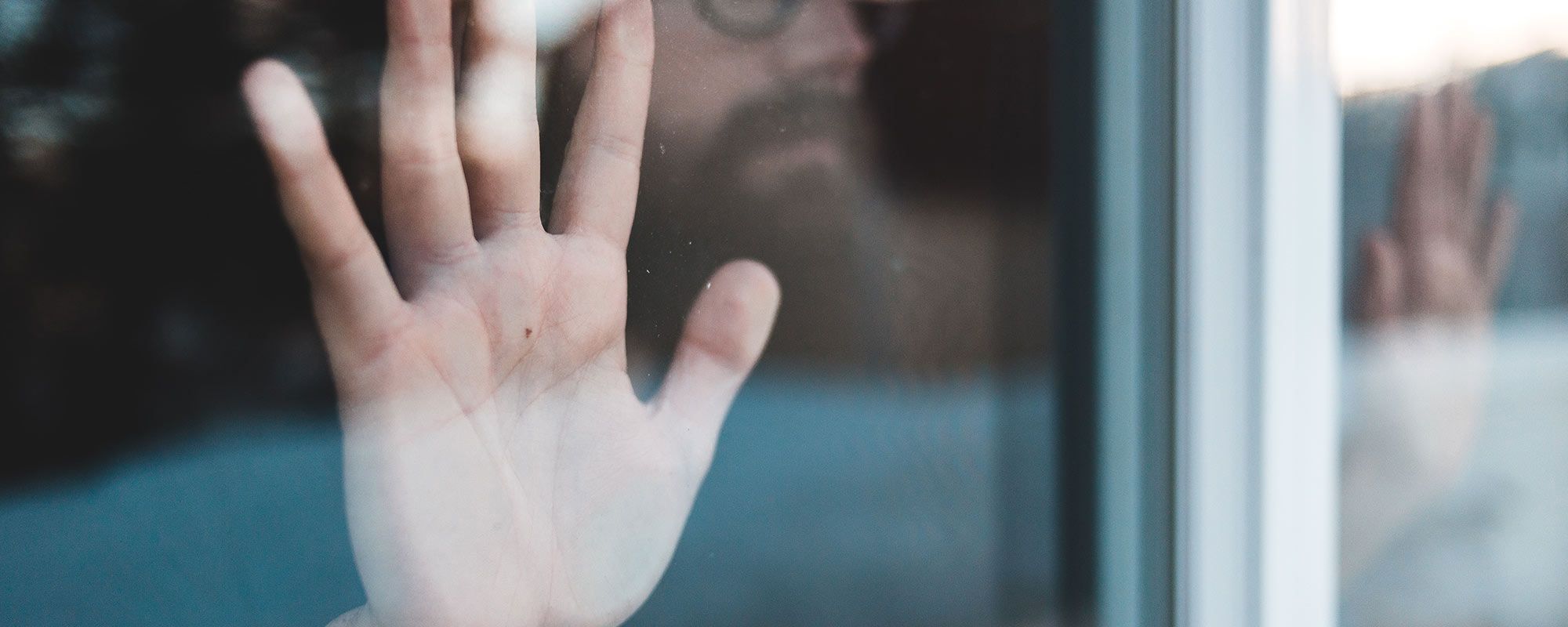
Breaking Down the Difference Between “Isolation” and “Quarantine”
At this point in the COVID-19 pandemic, you may be feeling a bit confused or hazy when it comes to all pandemic-related terminology. Our collective understanding of the SARS-CoV-2 virus—and the COVID-19 illness that it causes—has grown tremendously over the past eighteen months. Everyone has endured a steep learning curve when it comes to our mastery of virology and pandemic behavior.
However, not all of the terms that we have become so accustomed to hearing mean the same thing. This is particularly true when it comes to the terms “isolation” and “quarantine.” Knowing the difference between these two concepts can make a big impact when it comes to keeping your community safe and putting an end to the pandemic once and for all.
Here’s what you need to know about the terms “isolation” and “quarantine”—and why both are equally important in reducing the spread of COVID-19.
The Importance of Public Health Separation Strategies
The COVID-19 virus, and other contagious illnesses, thrive on human contact. A virus cannot survive on its own for very long without a human host. This is why—as painful and disruptive as it has been to the very fabric of our daily lives—we keep people who are ill or those that have potentially been exposed away from others. Therefore, isolation and quarantine have been a critical part of the effort to slow the spread of COVID-19.
Defining Isolation
When you think of “isolation,” it helps to think of the first two letters of the word: The “I” and “S” of isolation stand for “I’m Sick.” A person who is being isolated is known to have a contagious illness, so they are being physically separated from others who are not sick. Isolation should occur even within the confines of your own home. If you are sick and have a positive COVID test, you should try to keep yourself in a separate area of the house, away from non-sick family members, as much as possible.
In the case of COVID-19, what tends to make the concept of isolation tricky is that many people who have tested positive with COVID-19 are classified as being sick, even if they have no symptoms at all.
Defining Quarantine
When you think of “quarantine,” it may help to think of the “Q” of quarantine as a stand-in for the word “question,” as in there is a question of whether or not you will become sick. If you are instructed to quarantine, it’s because you have been in close contact with someone who has a contagious disease, so you need to be monitored to see if you become ill. According to the US Centers for Disease Control and Prevention (CDC), “close contact” includes being within 6 feet of someone with known COVID-19 for a cumulative total of fifteen minutes in a span of 24 hours.
At a public health level, the strategy of quarantining people helps to restrict the movement of those who have been exposed to COVID-19 to help slow the spread of the virus.
The Similarities Between Isolation and Quarantine
After reading one too many news articles, your brain may have cognitively lumped the terms isolation and quarantine together in an effort to simplify your daily behaviors. In one sense, this may have been a logical leap because both strategies help protect people at a community level by limiting the exposure of people who have or may have a contagious illness. However, the terms are not interchangeable from a public health standpoint.
Knowing the Difference Between Isolation and Quarantine
You may be wondering about how you should behave if you have been told to go into isolation, versus quarantine. The CDC has a very helpful breakdown of specific measures you should take if you are in quarantine versus isolation, including criteria for when it is okay to reemerge.
Knowing the Difference Helps Everyone
At the end of the day, the most important reason why it’s important to know the definition of the terms “isolation” and “quarantine” is that both can help you practice your best judgment and be a responsible member of society. Put simply, we are all public health participants, and right now, we all have two important jobs:
(1) If you’re feeling ill, stay home; and (2) if you know you’ve been exposed to someone with COVID-19, stay quarantined to reduce the potential spread of the virus.
References:
[1] COVID-19: Quarantine vs. Isolation. https://www.cdc.gov/coronavirus/2019-ncov/downloads/COVID-19-Quarantine-vs-Isolation.pdf
[2] What is the difference between isolation and quarantine? https://www.hhs.gov/answers/public-health-and-safety/what-is-the-difference-between-isolation-and-quarantine/index.html
[3] Quarantine and Isolation. https://www.cdc.gov/quarantine/index.html
[4] COVID-19 Quarantine and Isolation: https://www.cdc.gov/coronavirus/2019-ncov/your-health/quarantine-isolation.html?CDC_AA_refVal=https%3A%2F%2Fwww.cdc.gov%2Fcoronavirus%2F2019-ncov%2Fif-you-are-sick%2Fquarantine.html

